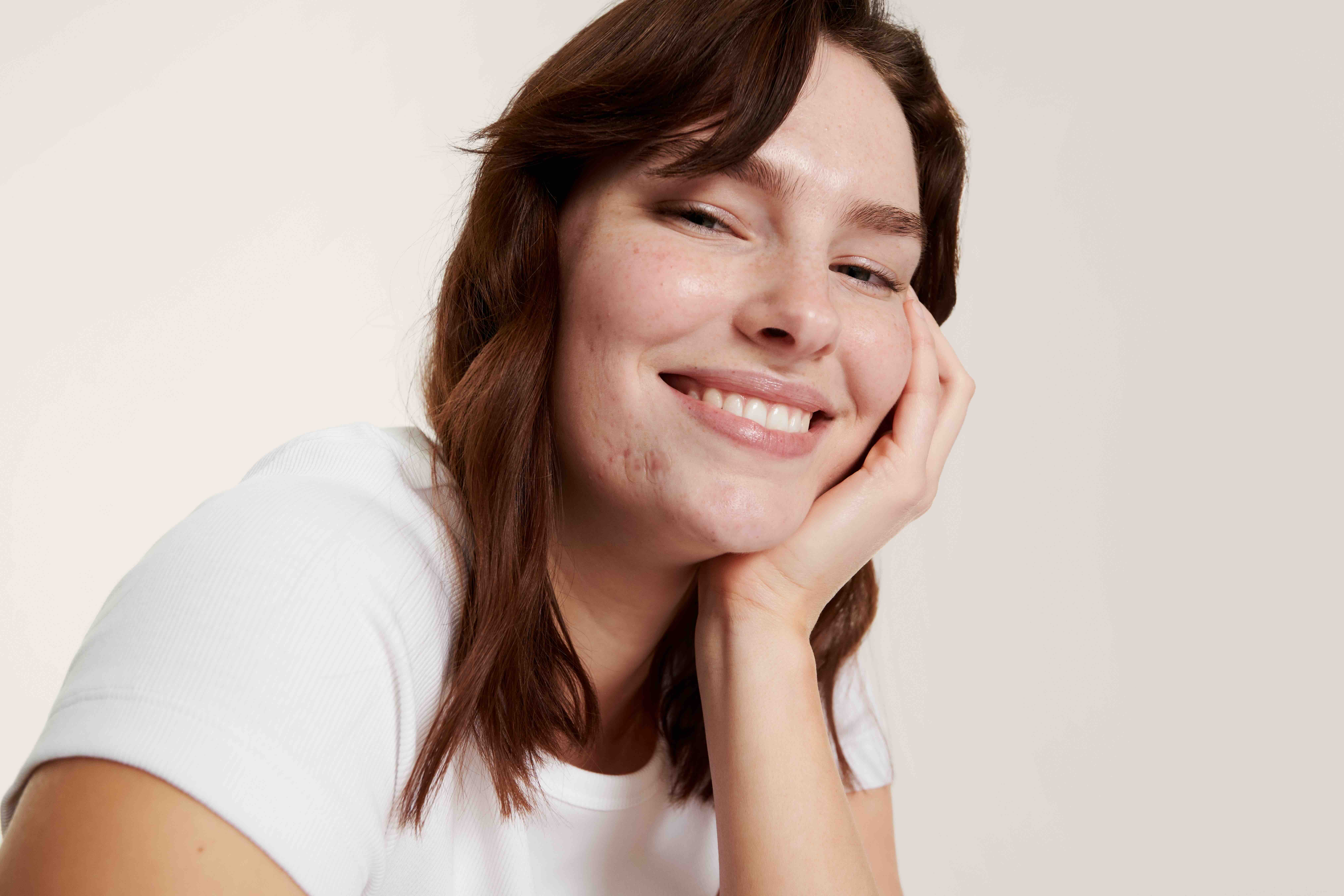
The Inkey List Builds Acne Product Portfolio With Fast-Acting Pimple Patches
The Inkey List is enlarging its acne product franchise by bringing its affordable, ingredient-driven approach to pimple patches.
The brand is launching Hydrocolloid Invisible Pimple Patches on Sephora’s app June 3 and the beauty specialty retailer’s website the following day. The launch comes as The Inkey List has been focusing on acne, which along with anti-aging is a leading concern of its customers. In March, it introduced Acne Analyzer Pro, a digital face scanner developed with artificial intelligence and augmented reality company Revieve that evaluates people’s acne activity levels, identifies their skin issues and recommends products. So far, nearly 10,000 face scans have been completed.
“We find again and again and again that acne is the place where people need the most support,” says Colette Laxton, who founded The Inkey List with Mark Curry in 2018. “We know acne affects 90% of the global population at some point in our lives. We all have it. I had it horrendously as a teenager, but we get loads of people that are pregnant or in menopause who have it. The journey never stops.”
The Inkey List has been developing products to address various stages of acne and skincare steps for people with the condition. Last year, it released Omega Water Cream, an oil-free moisturizer Laxton mentions is on the cusp of breaking into the brand’s top five products, and its Salicylic Acid Cleanser is a longtime bestseller. The Inkey List sells one Salicylic Acid Cleanser every 35 seconds. Succinic Acid Treatment and Hyaluronic Acid Serum are additional products from the brand for customers with acne-prone skin. Overall, its assortment includes 50-plus products priced from $7 to $25.
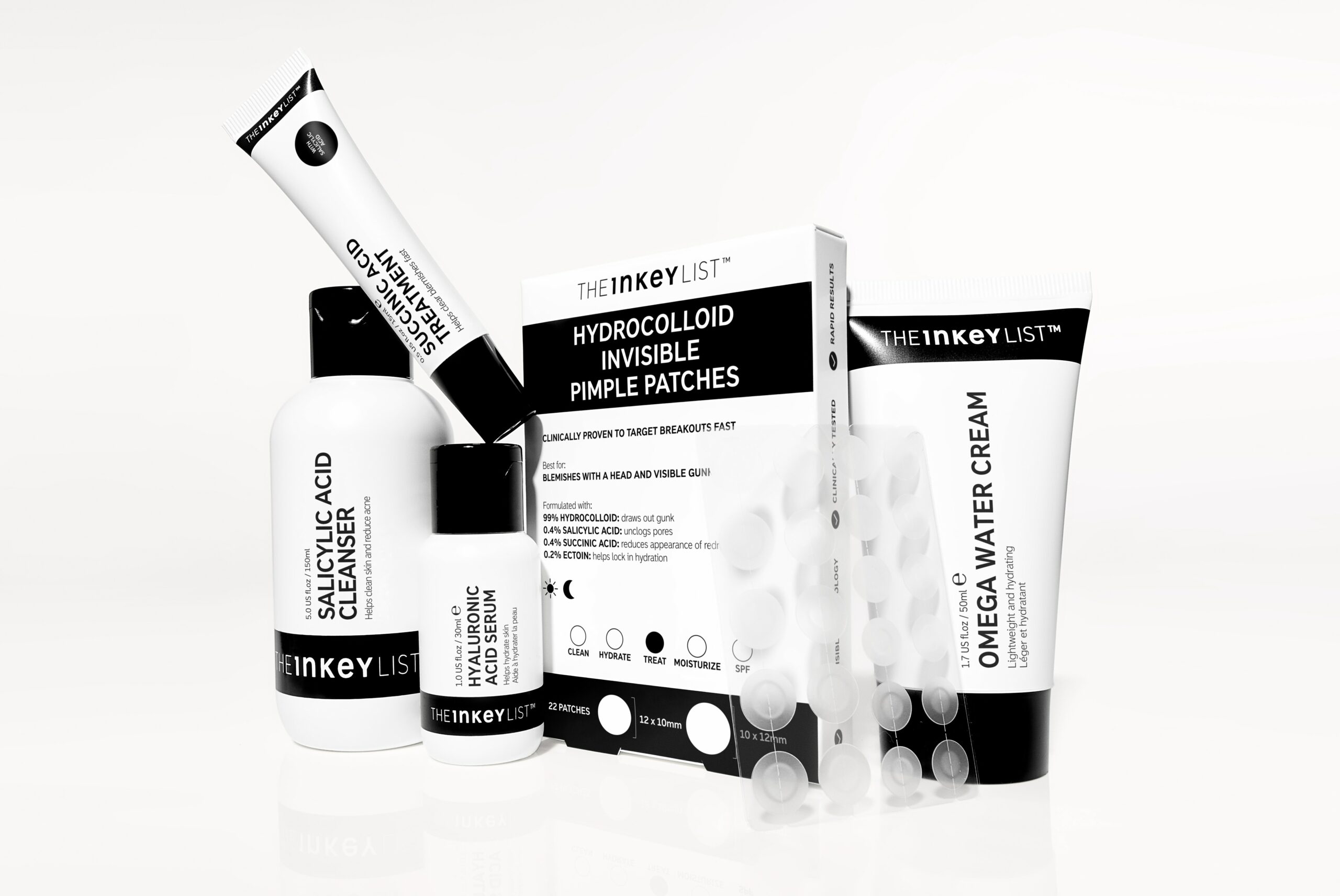
The Inkey List acknowledges it’s hardly the first brand with hydrocolloid pimple patches, but Laxton suggests the format, efficiency, ingredients and price of its Hydrocolloid Invisible Pimple Patches distinguishes them from the rest in an anti-acne dermal patch market that continues to expand. According to the firm Global Market Insights, the market was valued at $512.1 million in 2020 and is projected to reach $921 million by 2032.
In an independent test with 20 subjects, Hydrocolloid Invisible Pimple Patches were shown to reduce blemishes in four hours. The standard wear time for pimple patches is at a minimum a couple of hours longer. A recent article in The New York Times on pimple patches advised people to wear them for around six to eight hours or overnight. Unlike pimple patches from brands such as Starface and Florence by Mills, The Inkey List’s Hydrocolloid Invisible Pimple Patches are designed to fight spots without being spotted.
Laxton says, “I want someone to come, they might have never used a pimple patch before because they’re a bit scared to try it, and go, ‘OK, The Inkey List has got me, I trust them,’ or it might be someone that’s very, very used to pimple patches and wants something that works fast, works really well, but also, when they’re wearing it, it is the thinnest, most matte and invisible one.”
Priced at $9 for 22 patches, The Inkey List’s Hydrocolloid Invisible Pimple Patches are cheaper than other pimple patches at Sephora, where Peace Out’s start at $19 for 20. Tracking with The Inkey List’s emphasis on hero ingredients, its Hydrocolloid Invisible Pimple Patches contain salicylic acid, ectoin and succinic acid to zap zits while soothing skin.
Established two years prior to The Inkey List, The Ordinary, now owned by Estée Lauder, ushered in a wave of skincare democratization by offering products with sharp price points and high concentrations of star ingredients. Laxton believes the spotlight on star ingredients that The Inkey List picked up on hasn’t lost resonance in the skincare space.
“We find again and again and again that acne is the place where people need the most support.”
“In terms of trying to give clarity and the complexity, I think the more things that you are adding in, they’re less clear a consumer is,” she says. “So, for us, having that kind of star ingredient just helps from a navigation perspective… I think it’s as important as ever the role that the ingredients play, and from a search term perspective, that is how people are searching.”
But star ingredients alone won’t win over consumers today. Laxton explains that, to combat contemporary consumer skepticism, skincare brands must deploy a wide arsenal of tactics, from clinical studies to product reviews. Four days in advance of its arrival on Sephora’s app, Hydrocolloid Invisible Pimple Patches already had 93 reviews on the retailer’s site.
“No one is going to buy your product unless there is proven reviews. No one is going to buy your product unless their [favorite] influencers are on social talking about it. For me, clinicals are a data point on why you are going to choose this. It’s become part of an ecosystem,” says Laxton. “If you are not proving to a consumer that it works with clinicals, before-and-afters, reviews and getting the right people talking about it, it’s tough.”
To get people talking about Hydrocolloid Invisible Pimple Patches, The Inkey List is running a campaign with the slogan, “Patch it. Clear it. Fast.,” encompassing a pop-up in the New York City neighborhood SoHo on June 18, in-store activities at Sephora, influencer seeding and on-the-street activations. To ensure cost-effective marketing, Laxton says the brand is concentrating spend on what she calls hypermarkets that over-index for The Inkey List consumers. She pointed to Miami as an example. The Inkey List declined to divulge how much its spending on its pimple patch campaign.
North America and the United Kingdom are The Inkey List’s biggest markets. The brand is available in more than 30 markets globally. In the United States, The Inkey List is exclusive to Sephora for retail distribution. Outside of Sephora, its products are sold at Boots, Cult Beauty, Asos and Amazon. The Inkey List’s customer base is broad, but its core customers are aged 24 to 35 years old. Younger consumers are gravitating to the brand on TikTok, where it has 12 million likes and 512,600 followers.
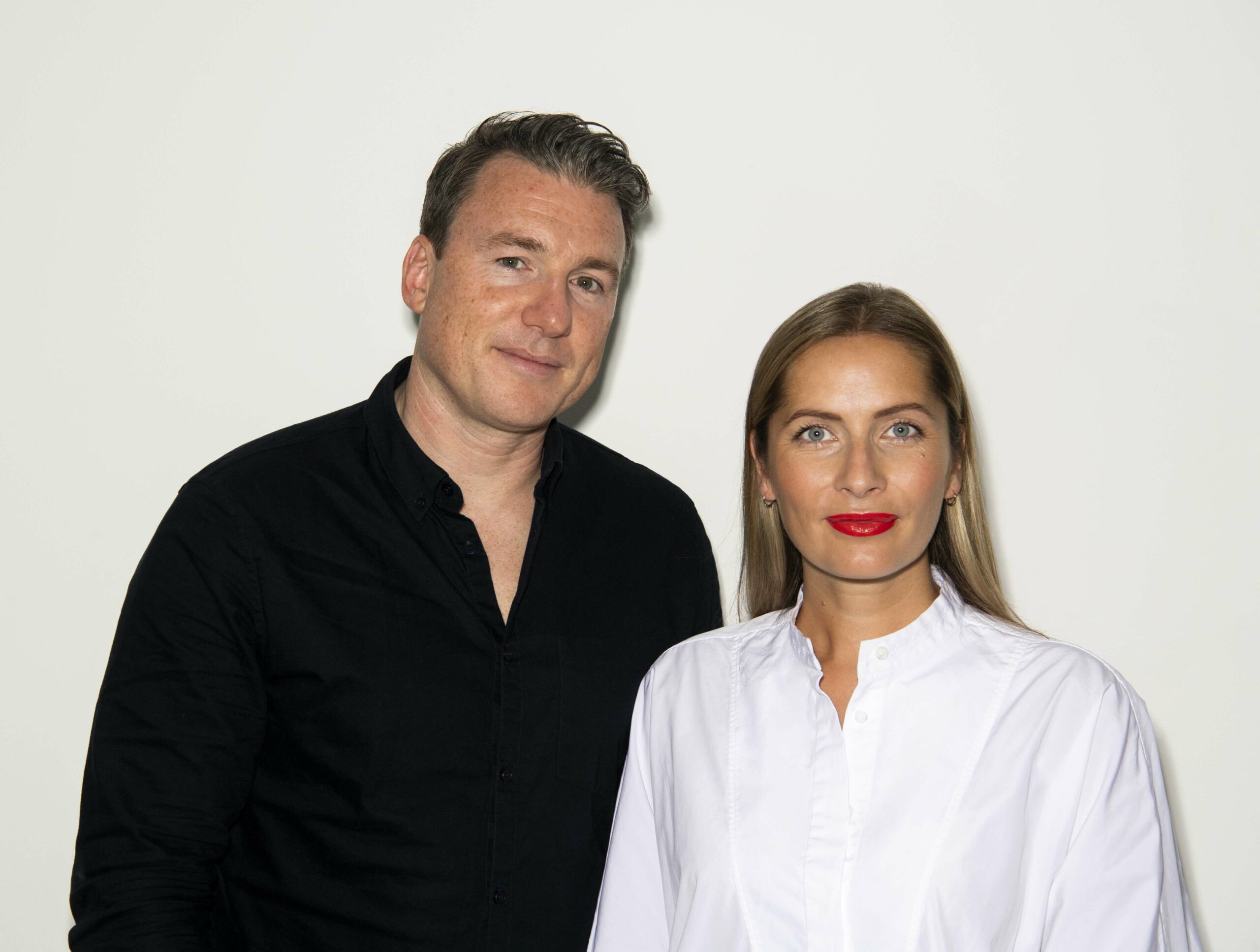
“TikTok is everything right now, and we don’t know what’s going to happen with that,” says Laxton. “I think our job is to work out how we don’t be solely reliant on TikTok, but right now it’s where everyone is, and it is the best bang for your buck.”
Industry sources confirm that The Inkey List surpassed $100 million in 2023 revenues. Roughly 7 million people have taken its online skincare quiz that generates a skincare routine personalized for quiz takers. Laxton reveals the brand has sold in excess of 60 million products, up from almost 20 million in 2022, when private equity firm Aria Growth Partners invested in it. Aria has extensive experience in the pimple patch arena as its former portfolio company Hero Cosmetics, maker of The Mighty Patch, specialized in pimple patches.
This year, Laxton says The Inkey List is prioritizing “sustainable growth” and indicates it’s well-positioned to speak to consumers’ interest in serious skincare. “The last few years have been a very interesting hybrid territory where it’s like, is it skin, is it makeup?” she says. “What I’m really starting to see is a move back to real true skincare, so not playing around the edges in categories that are cute and trendy.”


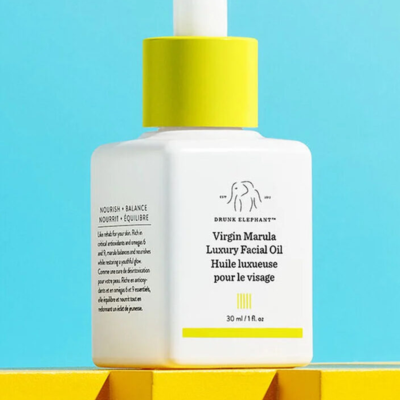

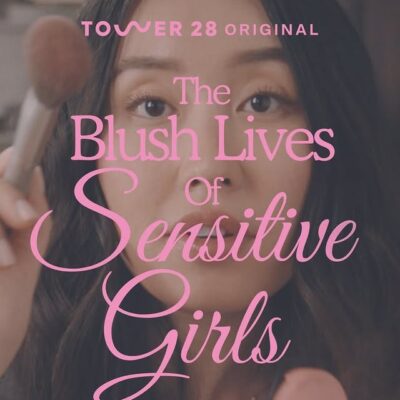
Leave a Reply
You must be logged in to post a comment.